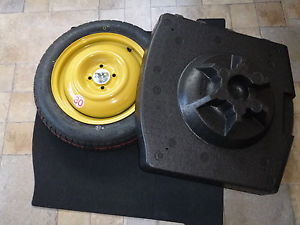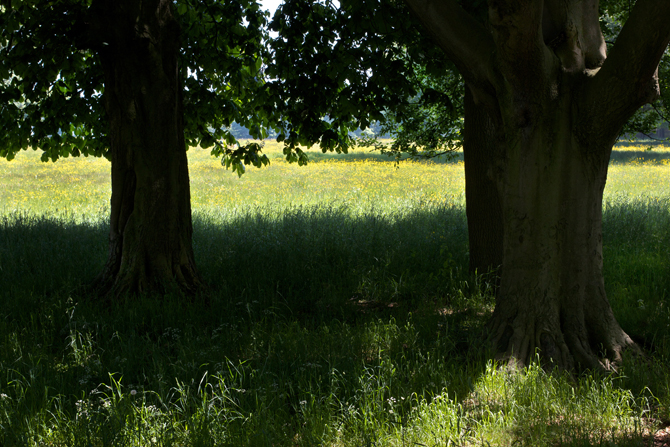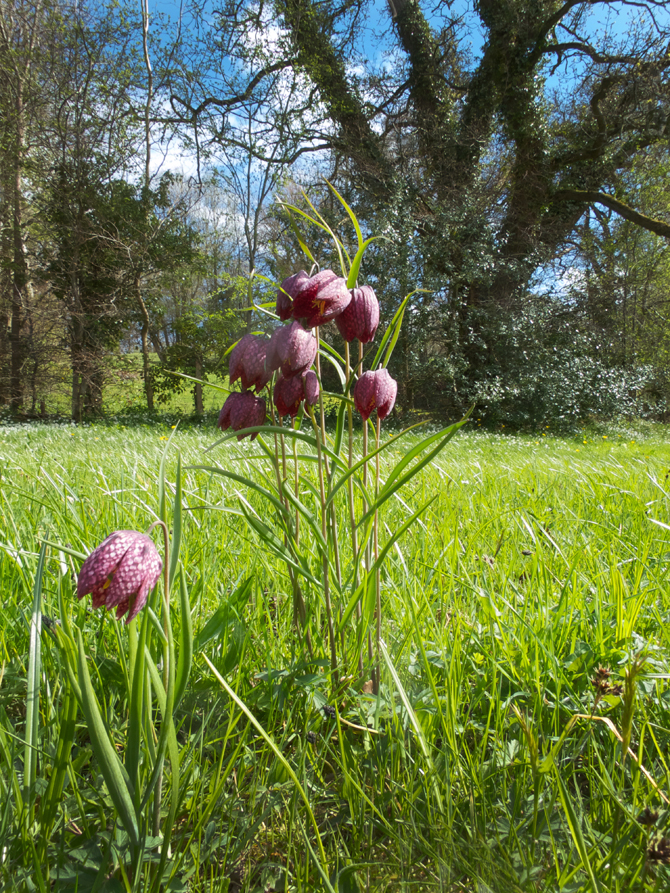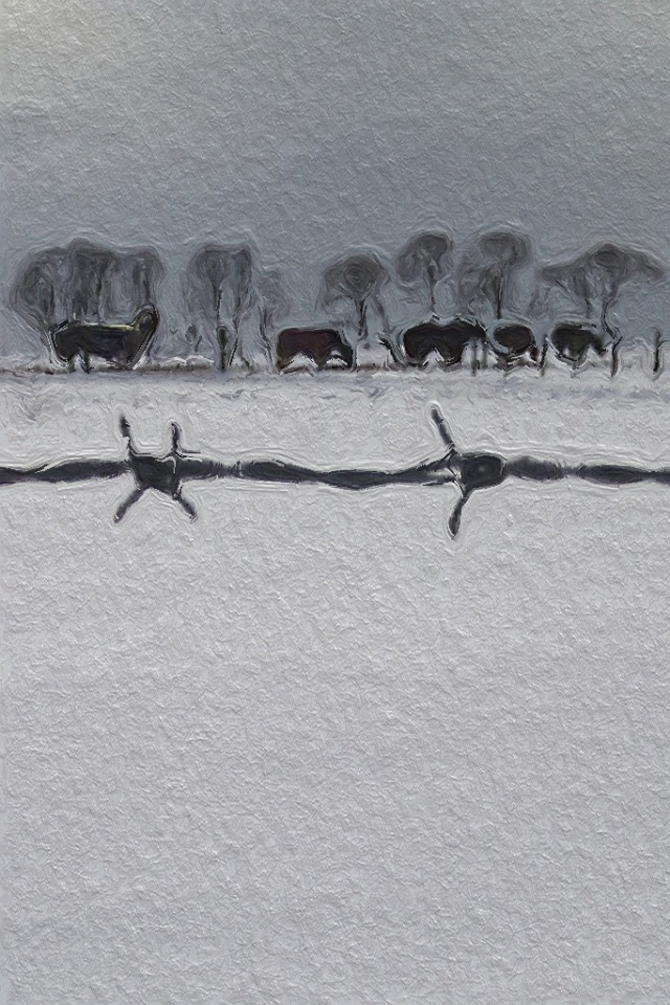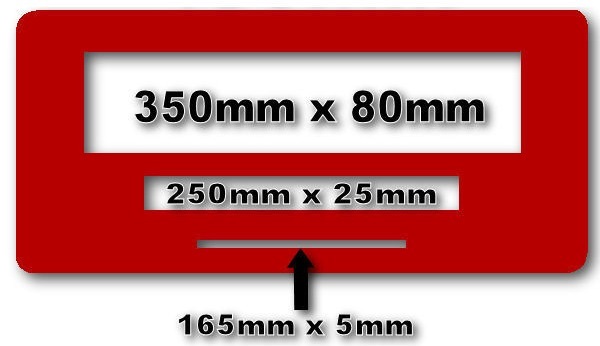Like many, I had been waiting for Apple's September event with eager anticipation. Dubbed the iPhone event it is primarily a platform for the launch of new mobile hardware. Rumour and speculation leading up to the event meant that there was little ground breaking news or product.
There were large parts of the presentation that didn't interest me, but I understand the need to court big partners like Nike and Nintendo, even Niantic, but they did detract, for me, from the product launches.
I've had an iPhone 6 for two years and am seriously considering an upgrade. The last time I was at this point was when I owned an iPhone 4S and had completely skipped the 5 and 5S models. The 6 was a significant change. Larger screen, completely new physical design, a lot faster, Touch ID, Retina display etc. etc. and felt like a real upgrade.
In the iPhone 7 the changes and improvements are more subtle; ongoing refinement of what is already there. There's no doubt significant innovation and development in manufacturing processes, but the product has become mature.
Apple likes to talk about being "courageous" in it's decisions to move away from old technologies and hardware solutions. This time in the iPhone 7 it was the consignment of the 3.5mm headphone jack socket to history. It makes perfect sense as the format of the plug really is ancient technology which has changed little in form or function since the late 1870s. In reality I suspect the move was more about several other factors, namely creating extra space within the enclosure, eliminating one hole in the device in the pursuit of making it more water resistant and the ability to generate even more revenue through the licensing of Lightning connected wired earphones and headphones in addition to increased sales for Apple and Beats branded products.
The bundling of a converter dongle, which is effectively creating space on the inside of the phone and dangling it out of the Lightning port is the least Apple could do for all those who have money already invested in high end audio jack earphones, though it's an inelegant solution. It also means that you cannot listen to music through earphones whilst charging the device, although third parties are already selling even more cumbersome looking dongles to get around this.
Apple did launch a pair of Bluetooth earphones called AirPods which look pretty much like their EarPods but without the cables. Simply from a practicality point, regardless of sound quality, ease of pairing and charging, they need a lanyard or head band. One or both earpieces will be lost within days of purchase, and at £159, that's not a cost that can be easily justified.
Other improvements to the iPhone are as expected. Camera, display, speed and storage. There are also a couple of new colour finishes available, though Apple is already warning that the gloss 'Jet Black' is likely to scuff and scratch easily.
Apple Watch also got a refresh and is now waterproof, within reason. The addition of GPS is nice but I still don't think it fully meets the necessary requirements to be considered a serious sports watch. It is also thicker and heavier than the first generation Apple Watch, but doesn't come close to the size of some of the competition in the specialist sports watch sector.
I was hoping to see a refresh of some of the iPads, in particular the iPad Mini; assuming that we would see a Mini 5 to replace the twelve month old Mini 4, but this didn't happen.
What did happen was an across the board increase in storage capacities on all iOS devices, replacing the ridiculous 16GB entry point with 32GB, and then skipping 64GB in favour of 128GB, topping out with 256GB on some models.
Customers in the UK are also treated to a price increase across all Apple product, due to international exchange rate fluctuations, with most of the media adding "post Brexit" to that statement.
As yet I'm undecided about ordering an iPhone 7. I want one, but don't need one. At the time of posting this, there are about eight hours before the preorder process comes online (08:01 UK time).
I think I'll have to sleep on it













